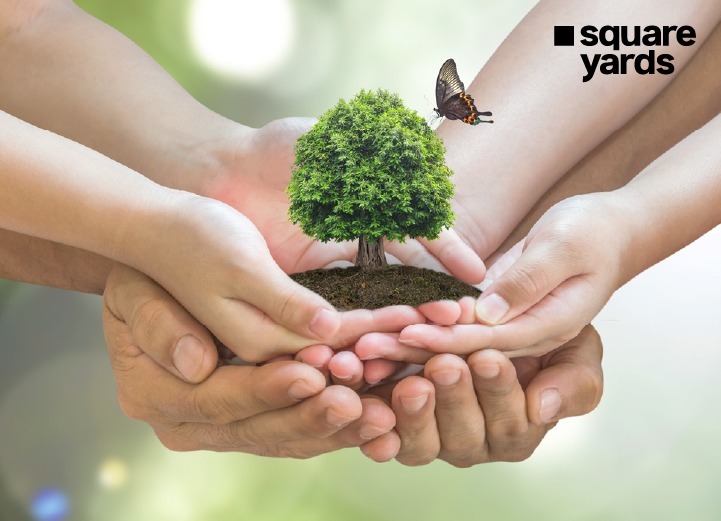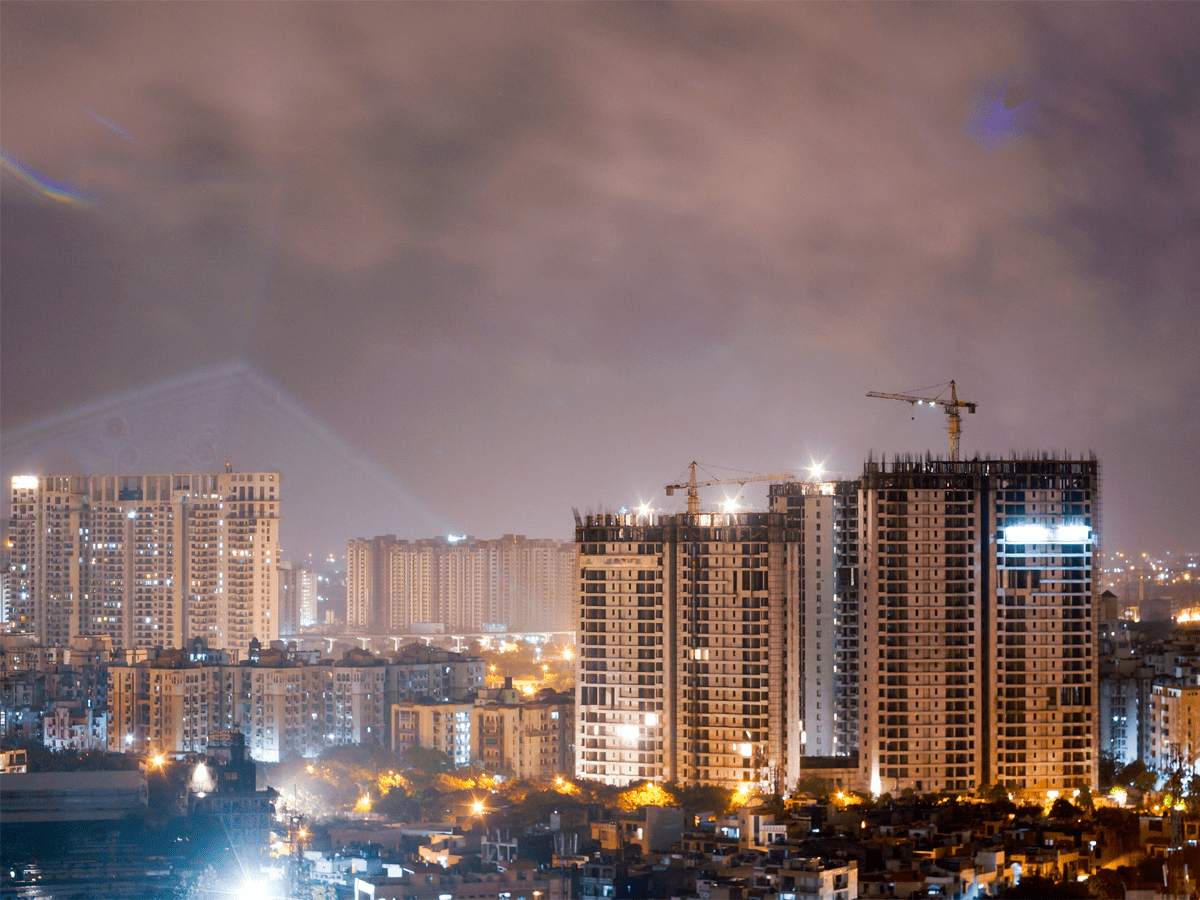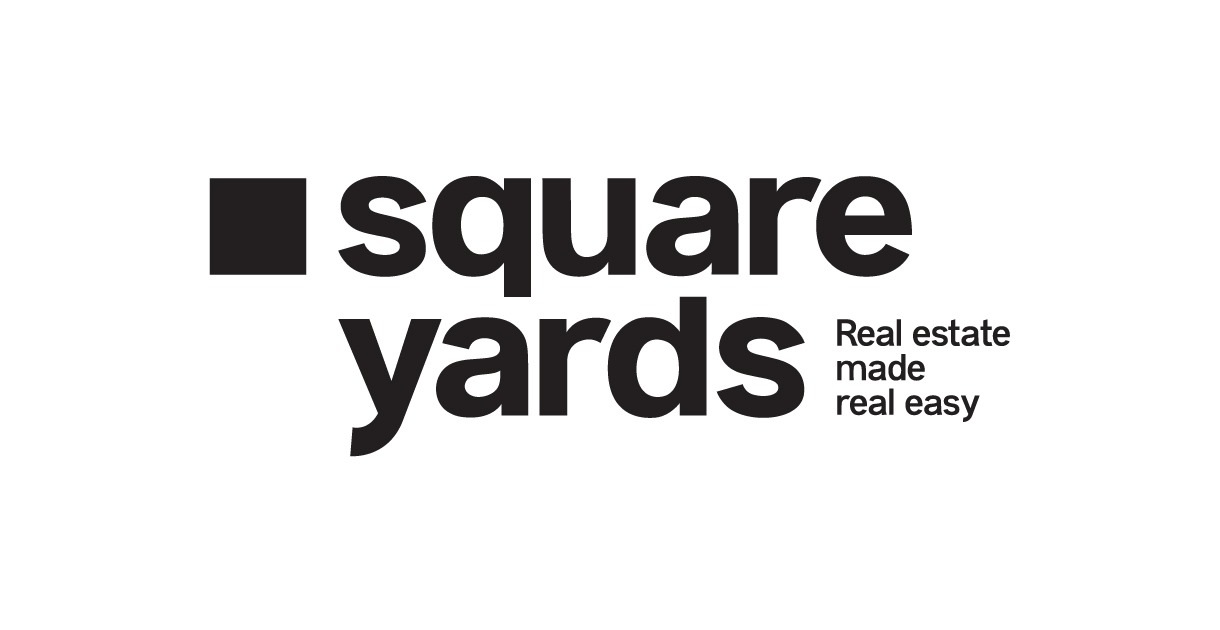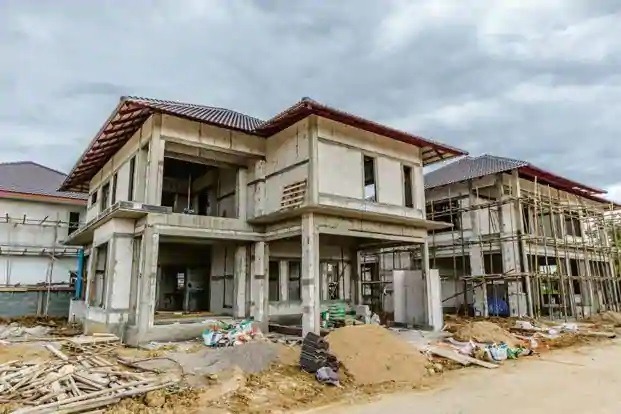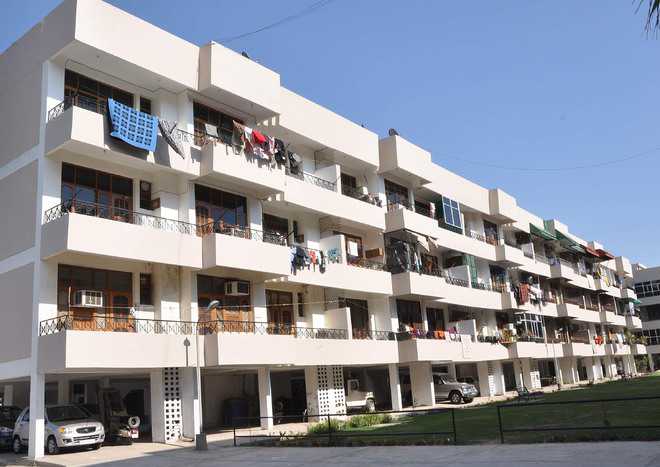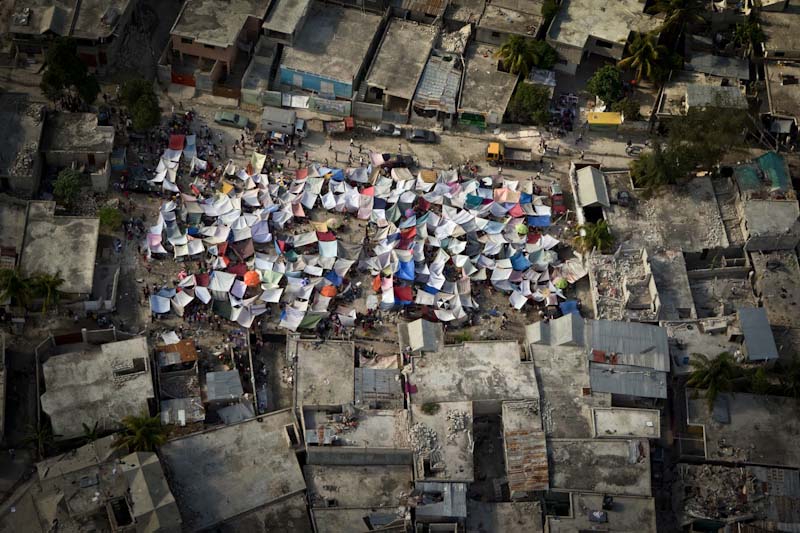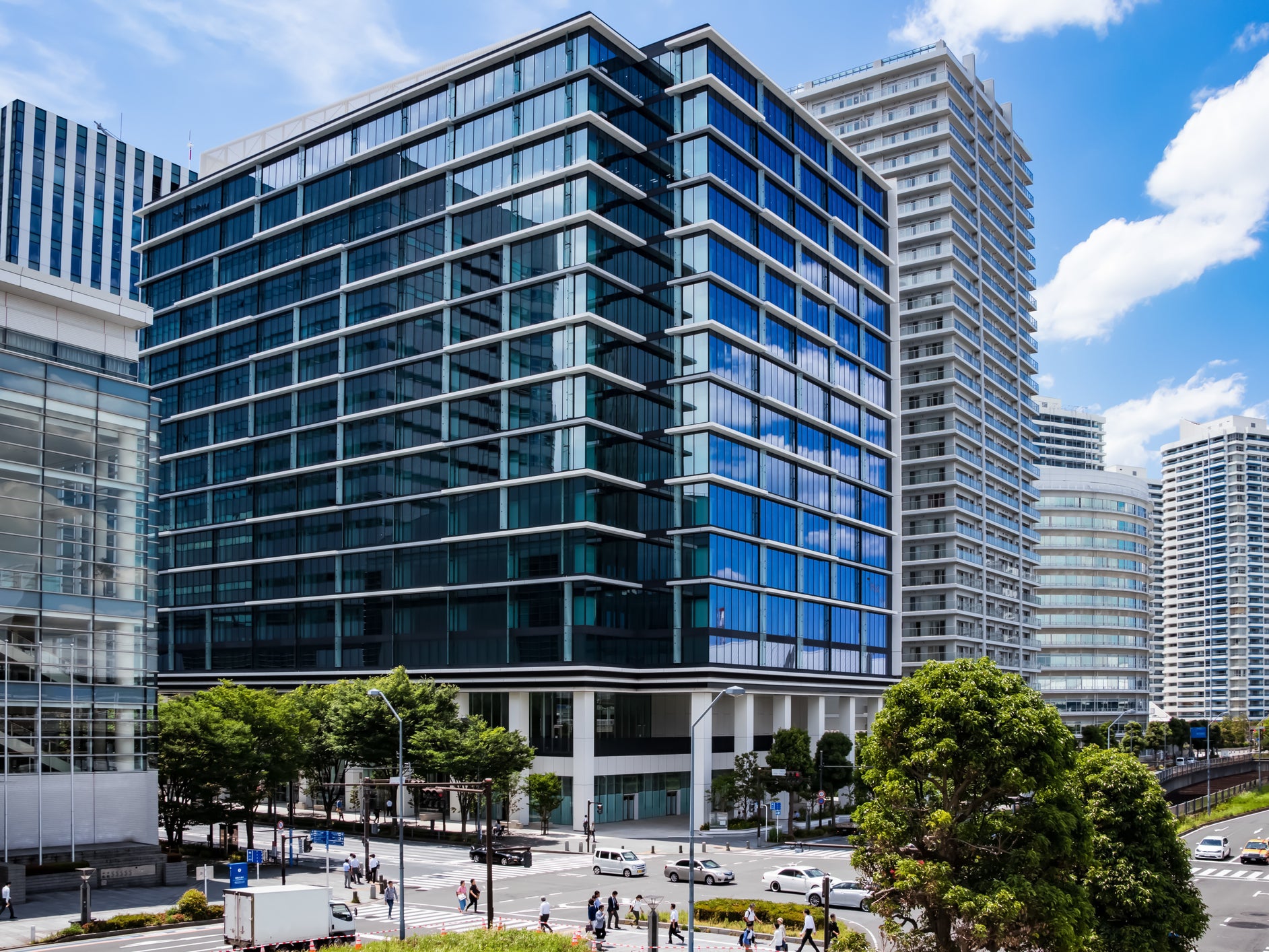Introduction
An introvert’s quest for the perfect hideaway spot has always been high on the priority list. Top tier. But after a glimpse of the ‘Falling Water,’ even extroverts would want to hibernate!
You’d probably think you’ve found the Avengers’ headquarters? Happy realisation: This might be the new headquarters, who knows!
Or maybe a hideaway for fugitives, or maybe a headquarters for Bond, James Bond!
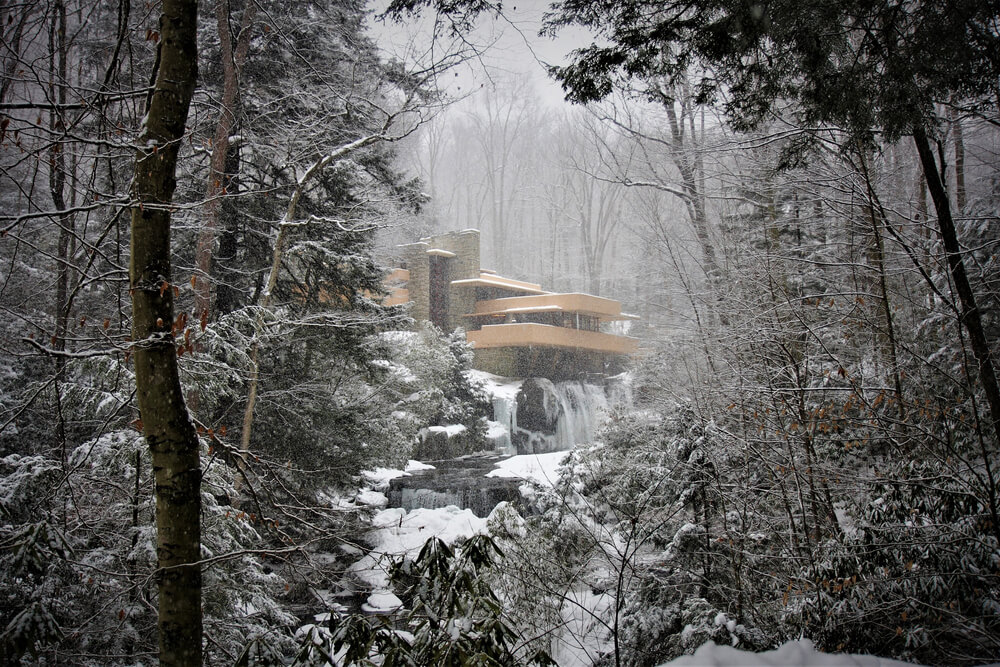
Hidden deep amidst the jungles of Pennsylvania, Falling Water is a summer vacation home designed by Frank Lloyd Wright. It’s the gateway to a world filled with creepy crawlies that will come running inside the house if the door is left open too long—intriguing, but damn those goosebumps!
Surrounded by the 5,100-acre Bear Run Nature Reserve, it is considered his greatest creation. But why? Perhaps Wright’s clever way of intertwining manmade and natural elements (the home’s tiers dangle from a 30-foot waterfall!). Keep reading to find out why, or we could probably ask the bear behind you. Or not.
Table of contents
Greatest Architect of the Nineteenth Century

One of the darkest periods in American history, specifically for architecture and architects, was the mid-1930s. The financial system had collapsed with banks crashing, making people do away with luxury items and related fancies. Along with giving up private homes, the architectural projects that started during the boom of the 1920s also came to a halt.
Enter – the exquisite design of ‘Falling Water’ which came into existence in 1936.
In the words of Philip Johnson, Frank Lloyd Wright was the most remarkable architect of the 19th century.
Frank Lloyd Wright, an American designer, architect, writer, and educator, followed the Textile Block house, Modern, Prairie, and Organic architectural styles, which were best showcased in his most famous work, the waterfall house. Throughout his 70-year career, Frank has designed over 1100 edifices, of which almost 500 have been recognised and praised.
However, all of these achievements came at a cost. Wright in his 60s, along with his new wife Olgivanna, were struggling to keep Taliesin—the estate of the Welsh Architect. His Wisconsin home and studio were also at stake. Known as the anachronic, Wright answered those who mistakenly thought he was an out-of-date anachronist with his remarkable building, ‘Falling Water’. ‘You know what they say? Tiny man, huge ego!’ – Stanley Tucci from Devil Wears Prada
Given the opportunity to develop the future-grandest creation of Wright at the age of 67. He was offered to design and construct three buildings; Falling Water; the Johnson Wax Building, Racine, Wisconsin; and the Herbert Jacobs House, Madison, Wisconsin. These 3 projects proved to be a turning point in Frank’s life and assisted in regaining his stature as the architectural boss.
The House over the Waterfall
Celebrating Frank Lloyd Wright’s 155th birthday this year, we are delving into the history of the greatest creation.
He created the wow-worthy holiday home in the Laurel Highlands of Southwest Pennsylvania, 110 KM southeast of Pittsburgh, for Edger J. Kaufmann and his wife Lilian, who also owned a renowned brand of the time, Kaufmann’s Department Store in Pittsburgh.
On September 22, 1935, Frank received a call from EJ Kaufman requesting a vacation home and his wish to live by the fall in the mountains between the woods and the small waterfall on the tributary of Youghioghery called the Bear Run.
Which will be your immediate reaction after spotting a black bear in the jungles of Pennsylvania, and Dwight will no longer be an idiot!
Taking matters into his own hands, Wright replied to EJ—’I want you to live with the waterfall, not just look at it.’
An amalgamation of these elements creates a timeless building. The cantilevered terraces made of concrete protrude at all the right angles, adding an element of sculpture to it.
Style and Design
Styles have changed over the years depending on the needs of modern America. Wright’s work from 1899 to 1910 belonged to what came to be named the ‘Prairie’. It eliminates the essential nature of the structure and minimises walls inside the house to give an impression of openness which helps give way to an intimate living space.
America had to recover a lot after the Great Depression and the financial crises of the 1930s. That’s when Wright introduced affordable housing, which he developed in the Usonian style, keeping easy and simple housing techniques to suit the budget of the new American society in mind.
As for Falling Water, it stands as one of the greatest examples of organic architecture by Frank Lloyd Wright, creating a sync between architecture, humans, and nature. With its vitality and integration with its flamboyant natural surroundings, it was called a tour de force.
Frank drew inspiration from Japanese architecture—capturing their idea of culture, i.e., every object, human or even action, mingled to create a work of art for the community.
An enchanting abode built on the outcrop of rock, consisting of three floors with a sandstone core, is a massive cantilever thrusting over the waterfall.
The house supports concrete terraces hanging around 30 feet above the water. You can listen to the incessant sounds of gushing water flowing underneath. It also consists of low ceilings that direct one to the outside world. Wright introduced vanishing windows to the house that open completely from the wall corners to make you feel more connected with nature.
If you see a head peeping inside from your living room window, worry not. It can be a puma or something else…
Speaking of the wall colour, only two colours were used throughout; light ochre for the concrete and his signature Cherokee red for the steel.
Wright furnished the interiors to match the look of the house, using specially designed free-standing furniture for Falling Water. Gillen Woodworking Corporation, Milwaukee, was approached to do the gigantic task of manufacturing the furniture. Seat cushions, ottomans, and floor cushions for a low family table were filled with Dunlippillo, a vulcanised liquid latex honeycomb cushion with air bubbles to provide durability.
see also@ The Rajmachi Fort: An Adventurous Trekking Spot You Must Discover
Construction

Source – wikipedia
The main house was constructed between 1935 and 1937, and later the guest house was constructed in 1939.
The house uses 9,300 sq ft, out of which 4,440 sq ft is only an outdoor terrace and balcony area. Whereas, the guest house, or Edger Kaufman Jr.’s cabin, is sized at around 990 sq ft total, including 1950 sq ft of outdoor space.
| DID YOU KNOW?
Frank Lloyd Wright once suggested covering all the concrete surfaces of the house with gold leaf.A golden idea and A golden house did I hear that Wright? |
Material
View this post on Instagram
Local labourers and craftsmen were hired for the job, and raw materials were directly excavated from Kaufmann’s land. It is a combination of myriad materials–stone, concrete, steel, glass, and abundant wood (we are in the forest). Each suffused with nature’s goodness! Sounds like a juice tagline.
Photo Gallery
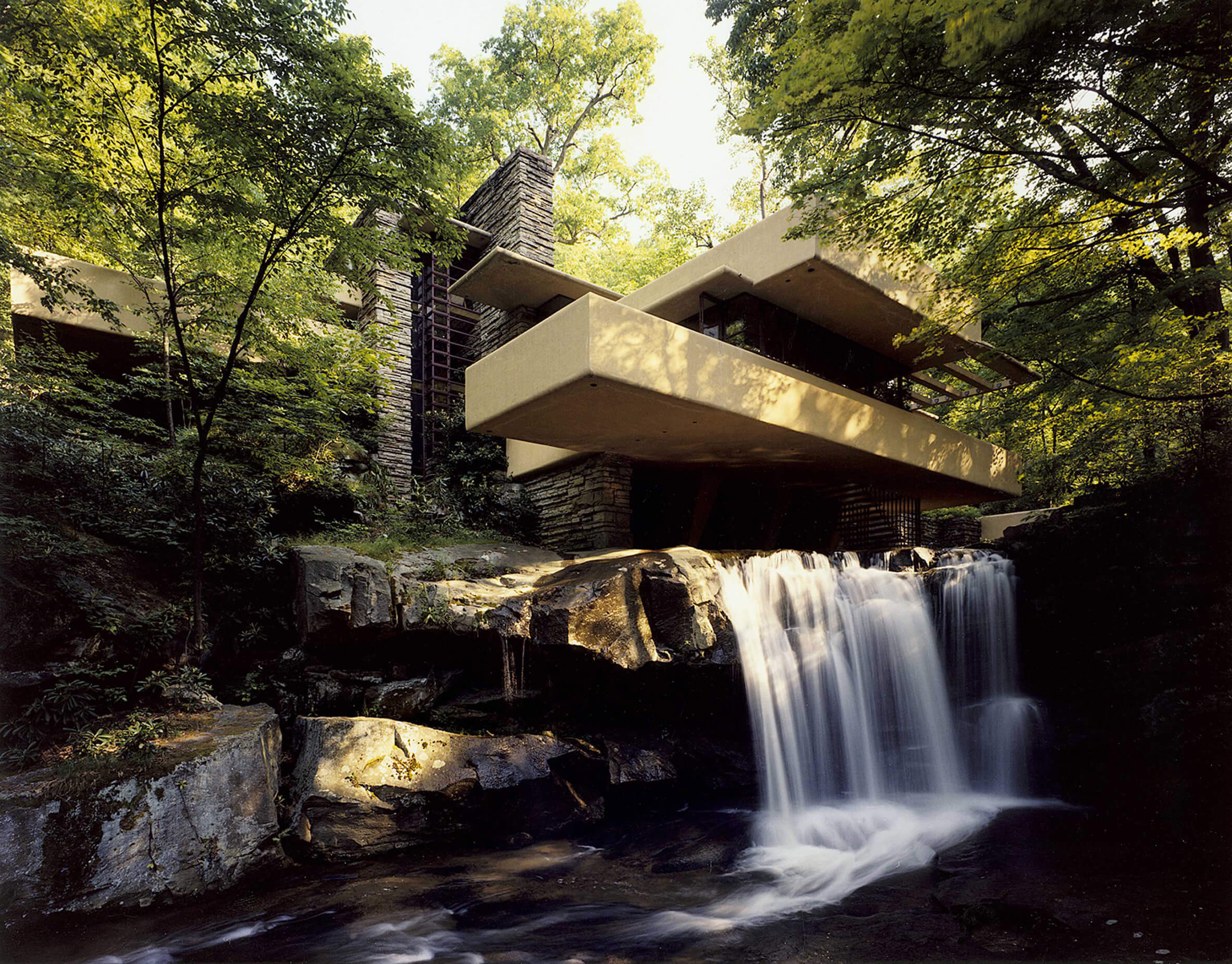
source – dezeen
View this post on Instagram
View this post on Instagram
View this post on Instagram
View this post on Instagram
Falling Water at Present
View this post on Instagram
Falling Water is a celebrated 20th-century masterpiece, listed on the UNESCO World Heritage. The property is set for restoration, as stated by the Western Pennsylvania Conservancy.
As of 1963, the site is owned and protected by the Western Pennsylvania Conservancy. It is open for the public to come and observe the preserved designs and collateral damage happening due to its old age.
In order to supplement the sustainable needs of today’s world, the location will be filled with bifacial solar panels, which will produce 254,8800 kilowatts of electricity annually.
Folly Falling Water
A structure that has been exposed to extreme humidity and moisture is bending, or perhaps even falling due to the years of undergoing climatic changes.
Ideal architecture would not have required Wright to build the house over a stream. Who would have told him this in 1935? It was inevitable that the architecture that has endured for over 70 years would show signs of deterioration. Fortunately, restoration is on its way.
Thousands of visitors come to view the property and the damage, and just like the Empire State Building, Falling Water needs to be protected from vandalism. The total cost for the same is expected to be a striking 11.5 million dollars. Let’s hope Jeff Bezos doesn’t buy the entire property just to create a launchpad for his rocket over the terrace!
Back in the day, only the bridge that connected Bear Run Creek to the small front door was estimated to cost only $2,500 and ended up costing a hefty $30,000. The total budget for the house was 30 thousand dollars and 8 thousand dollars as the Wright’s fee, but the house came out to be $155,000.
Conclusion
If the Empire State Building is the most iconic in America, then a small personal residence standing in southwestern Pennsylvania might also be the most sagacious. Falling Water was completed in 1937 and later in January of 1938 the house was featured on the cover of Time Magazine, declaring it to be the architect’s “most beautiful job” –quoted from Time’.

With the help of his client Edger and his family, he created a mountain retreat, an establishment that brings people, architecture, and nature – all three elements together, bringing alive an entwined twin. Great architecture like this one, compared to any great art piece, takes you to a place you have never visited. This might feel weird and unrealistic, but the definition of a great design comes out when the people inside can’t think of anything better. We are sure that James Bond wouldn’t want to fight on this property, but rather have his happy ending on property like Falling Waters.
Frequently Asked Questions
Q1. Was there any problem with the balconies at Falling Water?
Pine branches inspired the idea of three floors, supported by a cantilever from a central stone core. The problem with Fallingwater is that the upper jib pushes against the ground below and buckles.
Q2. Why is Falling Water so famous?
The bold construction of the house on the waterfall helped revive Wright’s career as an architect and became one of the most iconic buildings of the 20th century. The mansion opened as a museum in 1964.
Q3. What is there to do near Falling Water?
The falling water is not the only highlight of the area. When visiting the Laurel Highlands, home to Fallingwater, make sure to check out the Bear Run Natural Reserve, Frank L Wright’s Kentuck Knob, Wright at Polymath Park, and Laurel Caverns.
Q4. Is the sightseeing of the Falling Water free?
In appreciation to the county men, the sightseeing and visiting at the falling waters have been kept to be free.
Q5. Can you stay at Falling Waters?
Frank Lloyd Wright designed the waterfall house for the family of Edger Kaufman in 1939. The house, therefore, does not allow staying and residing in the museum. But one could live in the water run, a house built for Mr. Kaufman’s son, Edger Kaufman Jr. designed with similarities to his daddy’s abode.
Q6. What is the best time to visit the most remarkable creation of Frank Lloyd Wright?
The best times to visit the exquisite masterpiece developed by the late Frank Lloyd Wright are spring, early summer, or fall. Make sure to confirm this before visiting the site in winter, as it’s too icy even for the bears. It is very popular, so the crowds are consequential around summertime. The grounds of Falling Water open at 8:30 AM and close at dusk.
Q7. How much is Falling Water worth today?
Falling Water is estimated to be worth about 10 million dollars. More than double the value when it was first constructed for $155,000.













